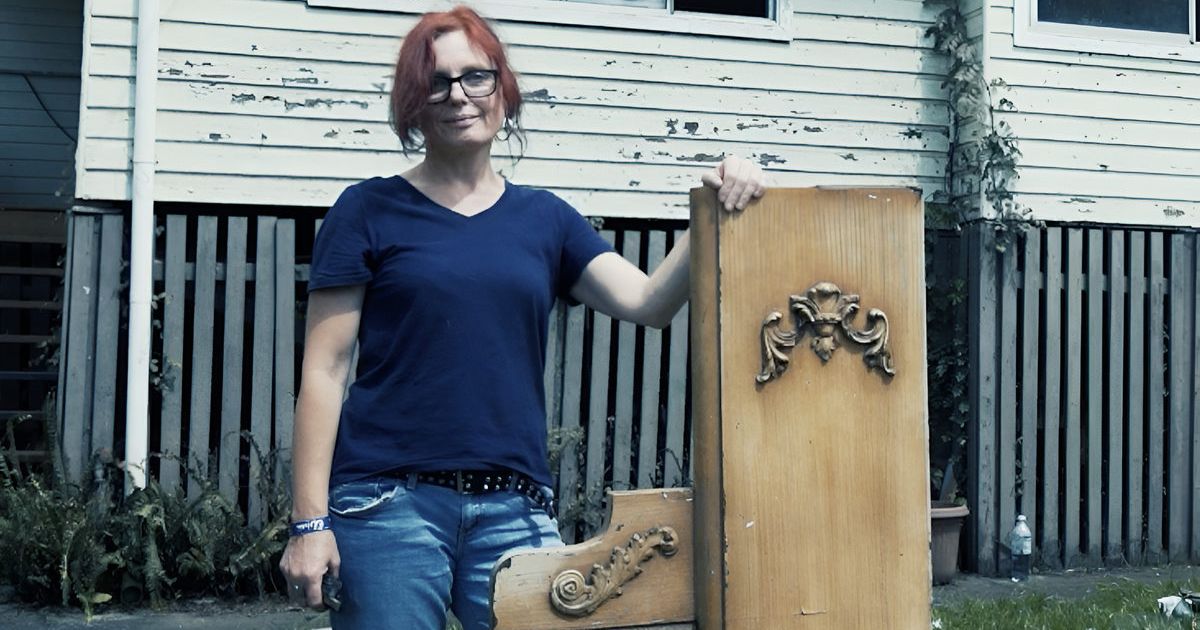Northern NSW man dies from rare bat disease – what you need to know
NORTHERN Rivers residents are being urged not to touch or handle bats after a man from northern NSW died from a rare rabies-like disease he contracted from one.
The man, aged in his 50s, is the first confirmed fatality from Australian bat lyssavirus in the state, and the fourth in Australia.
While cases of the virus are extremely rare, there is no effective treatment once symptoms begin. Any bat in Australia could potentially carry lyssavirus — a virus closely related to rabies. Infected bats can transmit the virus to humans through saliva entering the body via a bite or scratch. Patients exposed to the virus require urgent treatment with rabies immunoglobulin and the rabies vaccine.
The virus has been identified in flying foxes, fruit bats and insect-eating microbats.

Keira Glasgow, a director in health protection at NSW Health, said the man who died had been bitten by a bat several months ago and had received treatment following the injury.
She said 118 people had required medical assessment after being bitten or scratched by bats in 2024.
“It is incredibly rare for the virus to transmit to humans, but once symptoms of lyssavirus start in people who are scratched or bitten by an infected bat, sadly there is no effective treatment,” she said.
Ms Glasgow urged the public to assume that any bat could carry lyssavirus, and said only trained, vaccinated and properly protected wildlife handlers should interact with them.
WIRES Northern Rivers chair Drew Paice said he was not aware of the specific details of the case, but that members of the public are most commonly injured when they attempt to rescue bats trapped in barbed wire fences.
“A lot of the time people see a bat on a barbed wire it’s distressing to see so they want to go to help the bat but the bat is in pain, it’s not happy and it will scratch them when they try to help,” he said.
Mr Paice said the Northern Rivers branch rescues more bats than any other WIRES branch in NSW due to the region’s biodiversity.
“We get black flying foxes, grey headed flying foxes and red headed flying foxes. We have big camps in Byron Bay, Ballina, Bangalow, Lismore and Casino,” he said.

WIRES bat rescuers and carers undergo two days of training and are vaccinated against the virus. Mr Paice said the organisation had reminded volunteers to ensure they were using appropriate Personal Protective Equipment, including gloves and forearm protection.
Byron Bay Wildlife Hospital general manager of veterinary services Bree Talbot said the hospital treats bats around two bats a month. While they may have a bad reputation, she said bats play a vital role in the ecosystem.
“They pollinate eucalyptus, so without bats we wouldn’t have trees for koalas,” she said. “Leave them alone and they will create a thriving ecosystem.”
If you see a bat in distress, injured, or trapped on the ground, do not attempt to rescue it. Instead, contact trained professionals at WIRES on 1300 094 737 or your local wildlife rescue group.



















